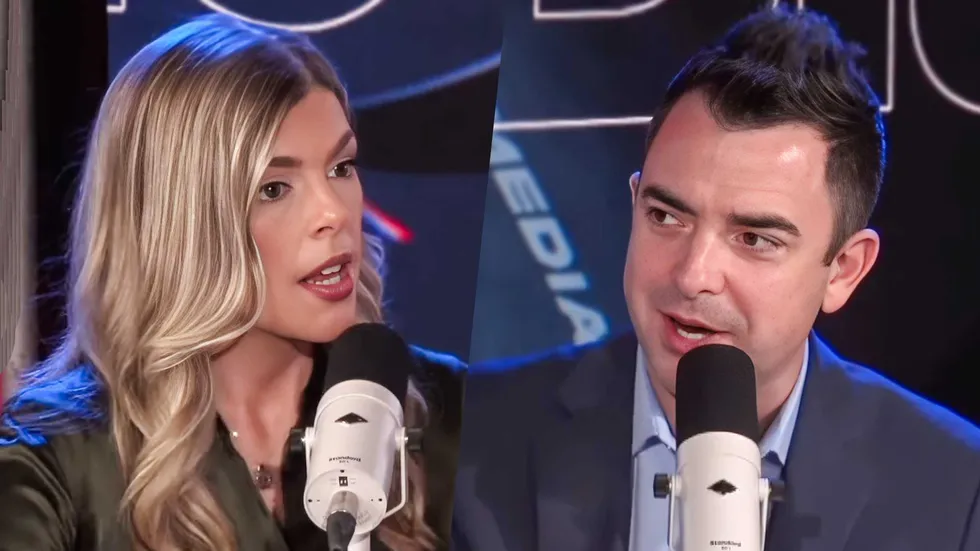
www.theblaze.com
The crisis of 'trembling pastors': Why church leaders are ignoring core theology because it’s 'political'
At Turning Point USA’s annual AmFest, BlazeTV host Allie Beth Stuckey and Senior Director of TPUSA Faith Lucas Miles dove into one the most pressing spiritual issues facing our nation right now: weak pastors. Miles calls them “trembling pastors.” They aren’t necessarily “traitorous” in that they’re deliberately spreading ideas antithetical to Scripture, but they also aren’t “true pastors” willing to boldly speak truth no matter the cost.These men, fearful of dividing their congregations or financial loss, steer clear of politically charged subjects.But the problem with that approach is that so many political issues today are theological at their core. Abortion, marriage, gender, race, and justice have deep spiritual implications, but because these issues appear on the ballot, many pastors turn a blind eye to them and fail to lead their congregations.But Allie and Miles argue that truth only prevails when pastors courageously lead in all areas.“I remember one of the things that Charlie [Kirk] said to me is that courage is easy. All you have to do is say yes. You don't have to have a degree on the wall; you don't have to have a bunch of money; you don't have to have good looks. You just have to be willing to say, like, ‘Here I am, Lord. Send me,”’ says Miles.“I think we need more pastors to do that. … What we're trying to do at TPUSA Faith is be that voice coming alongside of them and saying, ‘Rise up, you mighty valiant warrior. It's time to get in the fight here."’One type of weak pastor Allie says she sees a lot of are those unwilling to touch anything related to race. They’ve “got it on abortion; they've got it on marriage and gender,” she says, but “the racial social justice stuff” is where they “totally fumble the ball.”This was especially apparent during 2020, when the death of George Floyd set off a social justice movement that razed entire cities to the ground. During that time, there were so many pastors who “sounded so much like BLM or the world when it came to race and justice,” she tells Miles.Miles says that while he has grace for the pastors who posted black BLM squares before it came out that it was “Marxist, anti-family, anti-God organization,” his sympathy ends with those who never repented.“I've not seen one of these guys go back and repent of that and actually acknowledge this,” he says.While it’s easy to write this off as pride, part of the problem is lack of education.Many of these pastors simply “don't know the history of liberation theology. They don't know that it's a hybrid between Marxism and Christianity. They don't know about James Cone. They don't know about this idea of crucifying the white Jesus,” says Miles.To learn more about how TPUSA Faith is walking alongside pastors, educating and encouraging them to boldly proclaim truth and, as Charlie Kirk is famous for saying, “make heaven crowded,” watch the full interview above.Want more from Allie Beth Stuckey?To enjoy more of Allie’s upbeat and in-depth coverage of culture, news, and theology from a Christian, conservative perspective, subscribe to BlazeTV — the largest multi-platform network of voices who love America, defend the Constitution, and live the American dream.














